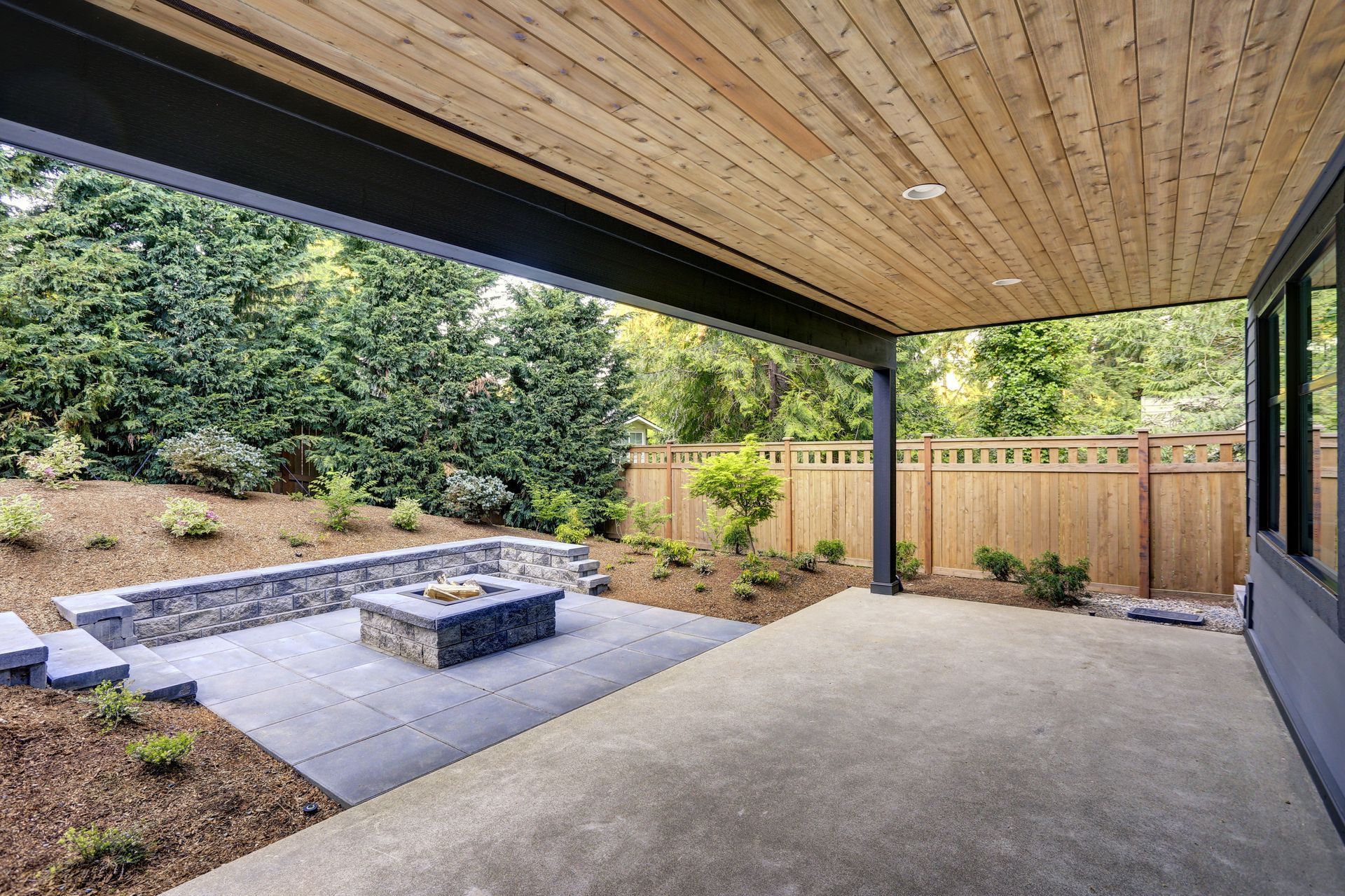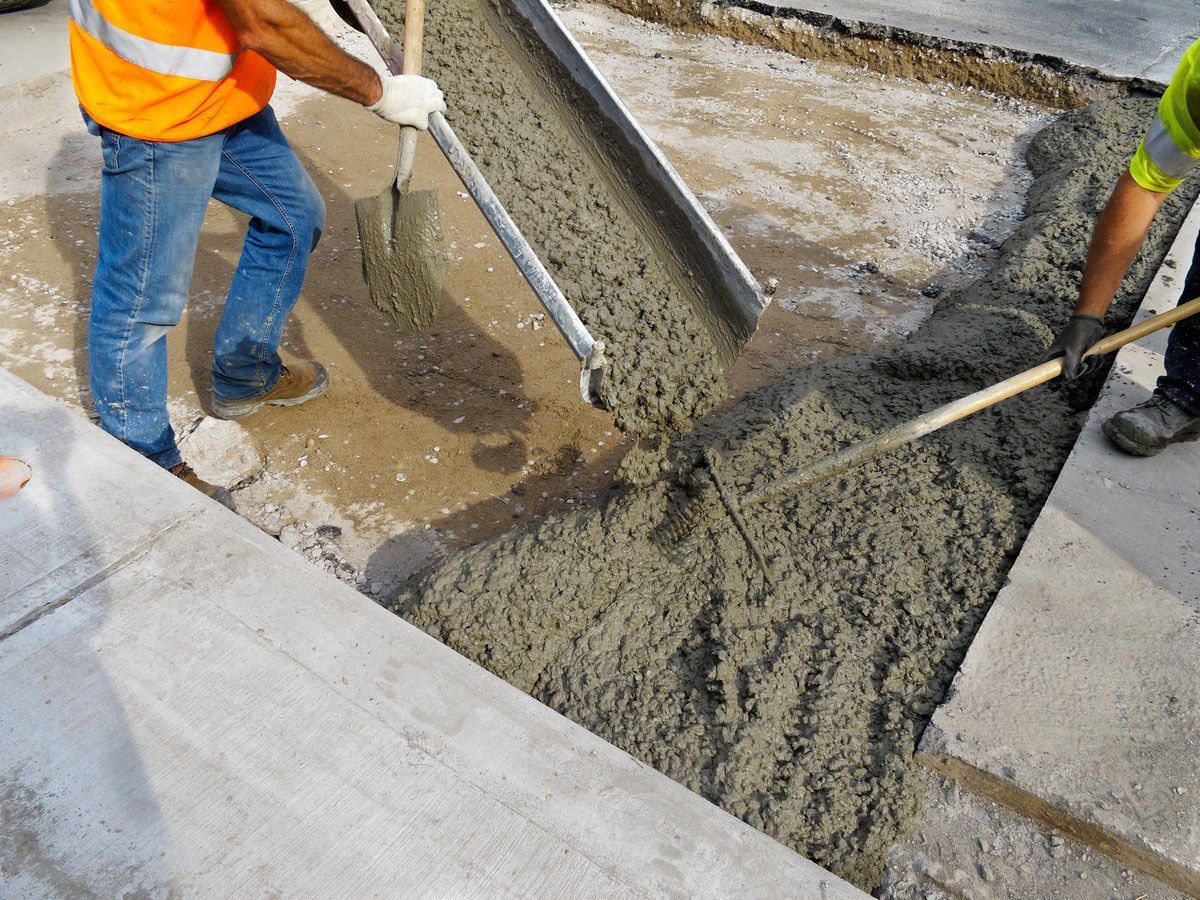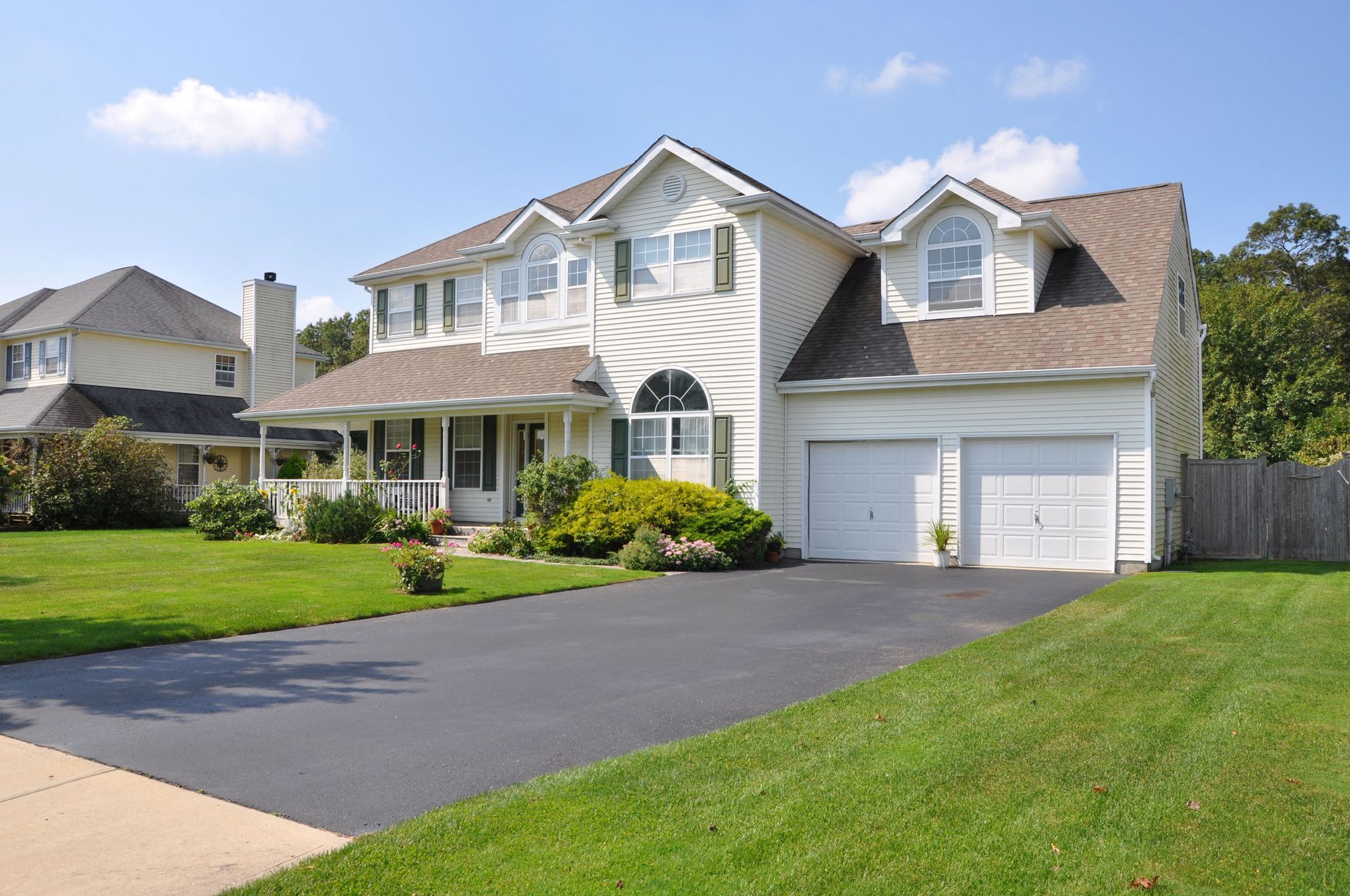November 11, 2025
A well-designed patio isn’t just an extension of your home—it’s a retreat, an entertaining space, and a reflection of your lifestyle. Whether you envision cozy summer nights around a fire pit, backyard barbecues with friends, or peaceful mornings with coffee and a book, the foundation of your dream patio starts with one essential decision: choosing the right concrete contractor.
Concrete patios offer unmatched durability, versatility, and affordability, but getting the design and construction just right takes collaboration and planning. If you're considering this investment for your home, this guide will walk you through how to work hand-in-hand with a concrete contractor to create the perfect patio space. From concept to completion, understanding the process, setting expectations, and making informed decisions will ensure your patio isn't just beautiful, but also built to last.
Define Your Vision Before the First Meeting
Before reaching out to any professionals, take time to reflect on what you truly want from your patio. This includes both aesthetic and practical considerations. Think about how you intend to use the space. Will it primarily serve as a dining area, a place to lounge, or an entertainment hub? Consider your design preferences too—are you drawn to modern, minimalist layouts, or do you lean toward rustic or natural themes? You should also assess what size will work best within your yard and what fits within your budget. Additionally, think about any extra features you'd like to include, such as lighting, a built-in fire pit, or decorative planters.
Once you have a general idea of what you're looking for, gather visual inspiration to help guide your design conversations. Websites like Pinterest and Houzz are excellent places to find patio styles that match your taste. When you meet with a concrete contractor, bringing along photos, sketches, or written notes can help them better understand your vision. You don’t need to have a finalized design in mind, but having a solid starting point will make collaboration much smoother and more effective.
Choose the Right Contractor for the Job
Not all contractors have the same level of expertise, and hiring someone experienced in patio work is essential to getting a high-quality result. When you're searching for the right fit, look for a concrete contractor who specializes in residential patios and has a strong portfolio of previous projects that reflect your desired style. It’s also important that they have positive reviews or come recommended by past clients. Make sure they're fully licensed and insured, and don’t hesitate to ask for references.
Interviewing a few different contractors before making a decision can help you compare their communication styles and professionalism. Ask them how they typically collaborate with clients on design, what types of materials they suggest, and how long they anticipate your type of project would take. Their ability to explain the process clearly and offer informed recommendations is just as important as their technical skill.
When you’re ready to move forward, review the contract thoroughly. A reputable concrete contractor will provide a written agreement that details every part of the job, including the scope of work, timeline, materials to be used, payment schedule, and warranty terms. Clear documentation upfront helps prevent confusion and ensures that both parties are on the same page.
Design with Durability and Style in Mind
After you’ve chosen your contractor, you’ll work together to refine the design and layout of your patio. This stage is where your ideas and their expertise come together to create something functional and visually appealing. One of the biggest advantages of concrete is its adaptability. It can be stamped, stained, brushed, or polished to mimic materials like stone or wood. The color, texture, and finish options are almost endless, allowing you to personalize the look to suit your home and outdoor space.
Your contractor can walk you through the design possibilities, showing samples or mockups to help you visualize the final product. As you choose finishes, consider how much maintenance you're willing to do and what kind of weather conditions your patio will face. For instance, if you live in a region with snow and ice, a broom finish might be ideal because it offers better traction than a smooth surface.
Another crucial design aspect is the structural integrity of your patio. According to Bob Vila, for a concrete patio, the ideal concrete thickness is about four inches. This thickness provides the strength needed for everyday use and can support features like outdoor kitchens or hot tubs if reinforcement is added. Depending on your design, your contractor may recommend reinforcing the concrete with rebar or wire mesh to help prevent cracking and ensure longevity.
Proper drainage should also be built into the plan. A good contractor will design the patio with a slight slope—typically about 1/8 inch per foot—so that rainwater runs away from your home rather than pooling on the surface. These small details, though easy to overlook, play a major role in the long-term performance of your patio.
Set a Realistic Budget and Timeline
Managing expectations around cost and timing is key to avoiding stress later in the process. Start by being upfront about your budget. This allows your contractor to suggest materials, finishes, and features that fit within your price range. For example, a simple, brushed finish will be more affordable than a custom-stamped pattern or a multi-color stain.
Your estimate should include all potential expenses, not just labor and materials. Don’t forget to account for permits, site preparation, removal of any existing structures, and final cleanup. Ask for a detailed breakdown so you know exactly where your money is going.
As for timing, understand that outdoor construction is often at the mercy of the weather. While the actual pouring and finishing of concrete might take only a few days, the full project could extend over a week or more depending on site conditions and the complexity of the design. It’s also important to factor in curing time. According to our experience, concrete typically needs about seven to 10 days to cure before it's ready for use, though full strength continues to develop over several weeks.
Communicate Clearly Throughout the Project
Strong communication with your contractor can make or break the project. From the start, establish clear expectations and stay engaged throughout the process. Schedule check-ins at important stages, such as before the site is prepped, after the forms are laid out, prior to pouring, and once finishing and sealing are complete. These touchpoints give you a chance to confirm details and catch any issues early.
If something doesn't look right or you have questions about how something will be done, speak up. A reliable concrete contractor will appreciate your involvement and be happy to explain their process. It’s always easier to make changes before the concrete is poured than afterward.
Once the patio is finished, your contractor should walk you through care and maintenance. This might include how often to reseal the surface, how to clean it without causing damage, and what precautions to take in winter. A good maintenance routine will help your patio look great and perform well for many years to come.
Designing the perfect patio is an exciting home improvement project that combines creativity, functionality, and investment value. By working closely with a skilled concrete contractor, you can bring your vision to life while ensuring your patio is built to stand the test of time. Taking the time to plan, communicate, and stay informed throughout the process helps you avoid costly mistakes and results in a finished space that truly enhances your home.
Ready to turn your patio dreams into reality? Contact Cox Concrete & Excavation today to schedule a consultation and let our expert team help you design and build the perfect outdoor space.






